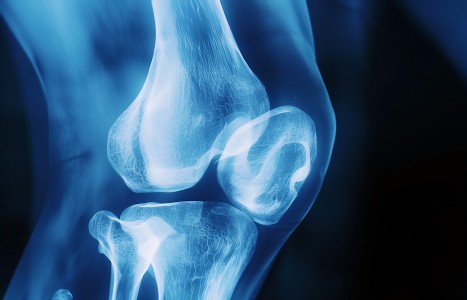While there may be no “magic bullet” when it comes to health, this should not dissuade patients or practitioners from seeking out ingredients that offer multiple health benefits. When it comes to dietary supplements, there are thousands upon thousands of choices. So, why not choose one that can address pain and assist with mental health? A supplement that can address inflammation, while also preventing certain types of cancer.
| Digital ExclusiveDoes Work Hardening Work?
The first three articles in the June issue of Spine ask some important questions about trunk strengthening testing with iso-machines and its actual effect on combating chronic low back pain (LBP) and returning people back to work1,2,3 The answer to these questions also indirectly relate to the efficacy of work hardening programs.
The first paper was a literature review of work done during the past decade on the relation of isokinetic and isoinertial testing of dynamic trunk strength to low back pain. The conclusion was that there is "inadequate scientific evidence to support the use of iso-machines in pre-employment screening, routine clinical assessment or medico-legal evaluation."1 The presence of pain invalidates comparison of trunk muscle strength between normal and low back. Testing of low back patients may actually be tests of their pain level or tolerance. It was concluded, based on the literature, that clinical evaluation of physical impairment was as good as the isokinetic measures between normal subjects and LBP patients.2
The question of whether work hardening works is often based on the results of isokinetic data which apparently is not conclusive at this time. Probably the most important question to ask is does work hardening improve the return to work percentages of people out of work due to chronic low back pain. In the third paper,3 patients with chronic LBP were given physical exercises three hours per day to increase the physical fitness mainly of the trunk and lower limbs. Patients performed muscle strength exercises (lifting and using trunk muscle exercise devices) an average of two hours each day and mobilization exercises about one hour each day. Aerobic exercises, group therapy back school education, relaxation training, and vocational counseling were included. The conclusion was that "intensive physical training and improved physical performance did not play crucial roles in the rehabilitation of chronic low back pain patients, at least when return to work was used as the outcome criterion."
A basic goal of work hardening programs is to create a strong muscle brace to support the spine. The question I immediately ask myself with regard to work hardening programs is would the results be different if the concepts of Vladimir Janda were used? Are patients with chronic LBP first being analyzed for tight muscles and their antagonistic weak muscles before being put on work hardening programs? If these tight muscles are not first eliminated, then strengthening programs will simply exacerbate the problem in the long run. After the chronic short muscle is stretched out (approximately 6 to 10 visits), a patient should wait for two weeks before entering a strengthening program, as often the previous inhibited weak muscle related to its antagonistic tight muscle will regain its strength without a strengthening program.
Janda even questions the desirability of just strengthening individual muscles since muscles do not work individually. The brain does not think in terms of individual muscles but rather as muscle groups creating movement, so the interrelationship of muscle groups is always more important than individual muscles.
Also, the quality of muscle movement is more important than the strength of individual muscles. Do the muscles work in a normal sequential manner during, for example, hip extension and abduction? If the muscle system is not first analyzed with respect to its chronic tightness and weaknesses and also checked for the quality of movement, a work hardening program becomes just another hit or miss method.
The new MPI course on the myopathology of the subluxation complex will soon be offered. I know that our results in chronic back pain will improve after acquiring this new information.
References
- Newton M, Waddell G: Trunk strength testing with iso-machines, Part 1. Spine, 18(7):801-811, 1993.
- Newton M, Morag T, Sommerville D, et al: Trunk strength testing with iso-machines, Part 2. Spine, 18(7):812-824, 1993.
- Mellin G, Harkapaa K, Vanharanta H, et al: Outcome of a multimodal treatment including intensive physical training of patients with chronic low back pain. Spine, 18(7):825-829, 1993.
Warren Hammer, MS, DC, DABCO
Norwalk, Connecticut
Editor's Note:
Dr. Hammer will conduct his next soft tissue seminar on October 2-9, 1993, aboard the Cunard Countess, on a Caribbean Cruise. You may call 1-800-359-2289 to register.
Dr. Hammer's book, Functional Soft Tissue Examination and Treatment by Manual Methods: The Extremities, is now available. Please see the Preferred Reading and Viewing List on page xx, Part #T-126 to order your copy.


